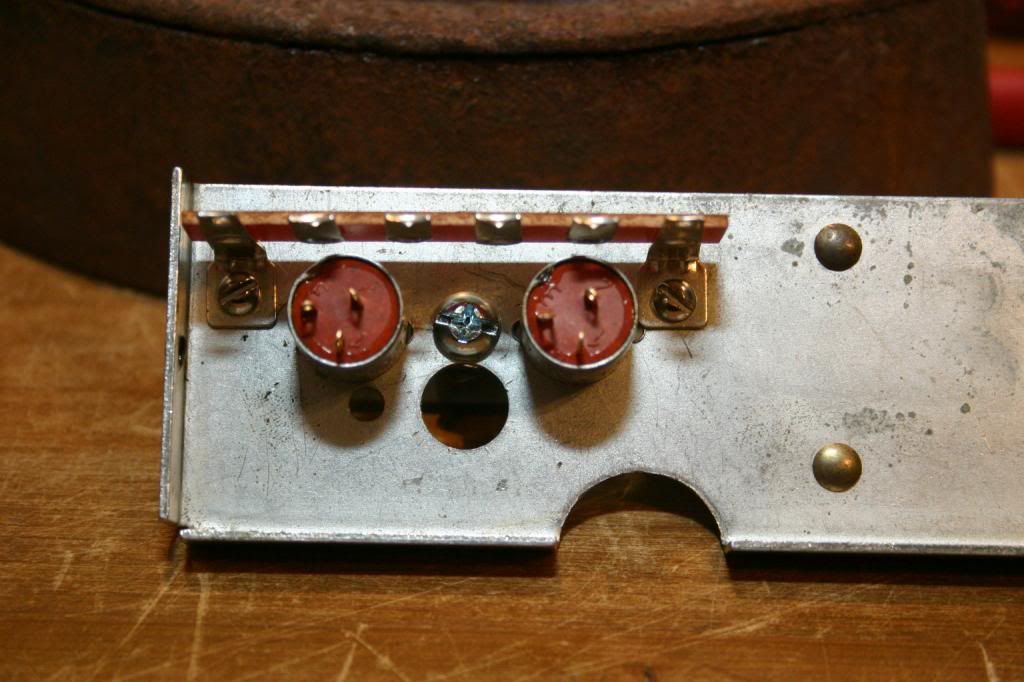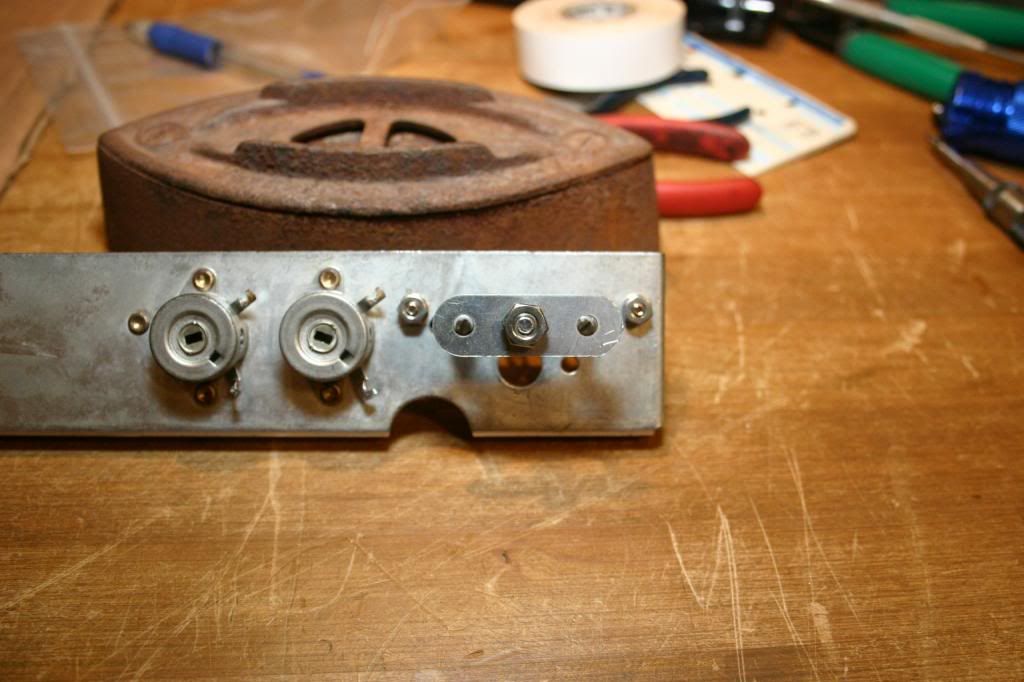Rich,
Quick question.
When you separated your bias adjustments, did you just replicate the design of the power supply after the rectifier/diode and then connect each individually to the DC balance pot? I am ordering parts. I will look for your past post on the subject.
Thanks,
Curt
Quick question.
When you separated your bias adjustments, did you just replicate the design of the power supply after the rectifier/diode and then connect each individually to the DC balance pot? I am ordering parts. I will look for your past post on the subject.
Thanks,
Curt





![IMG_5632[1].JPG](/forums/data/attachments/718/718970-ace51a4e3a0f48a991b3ba599538bd66.jpg)